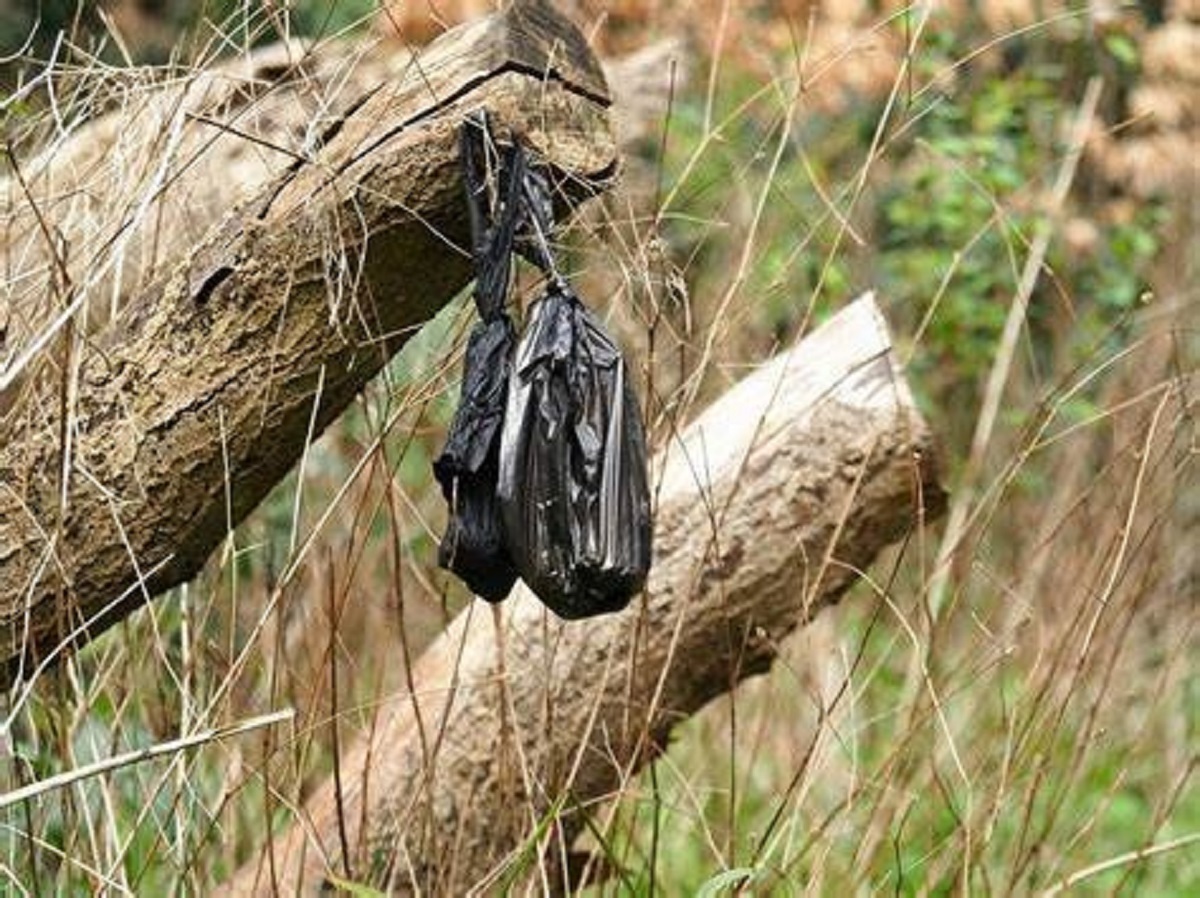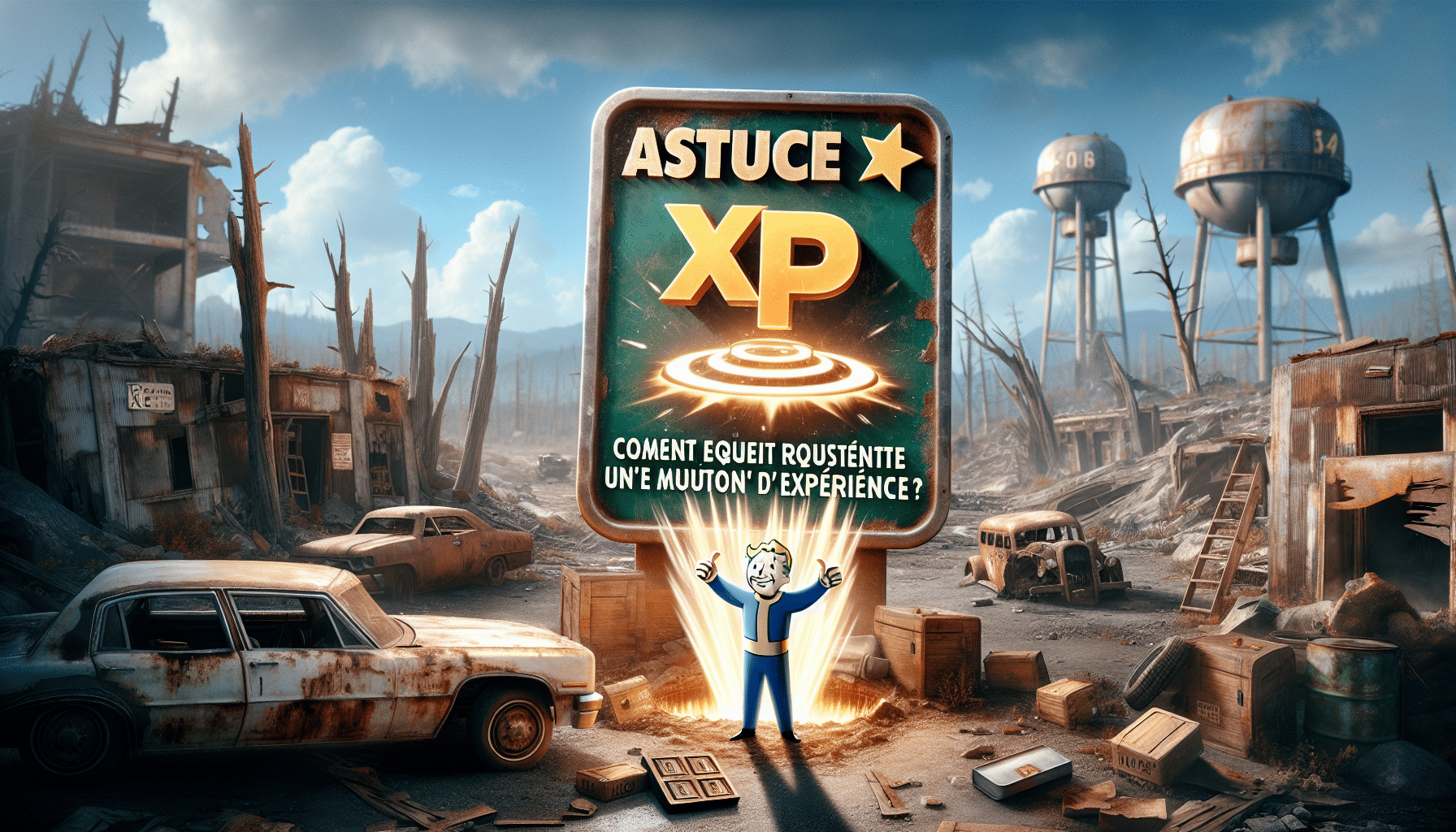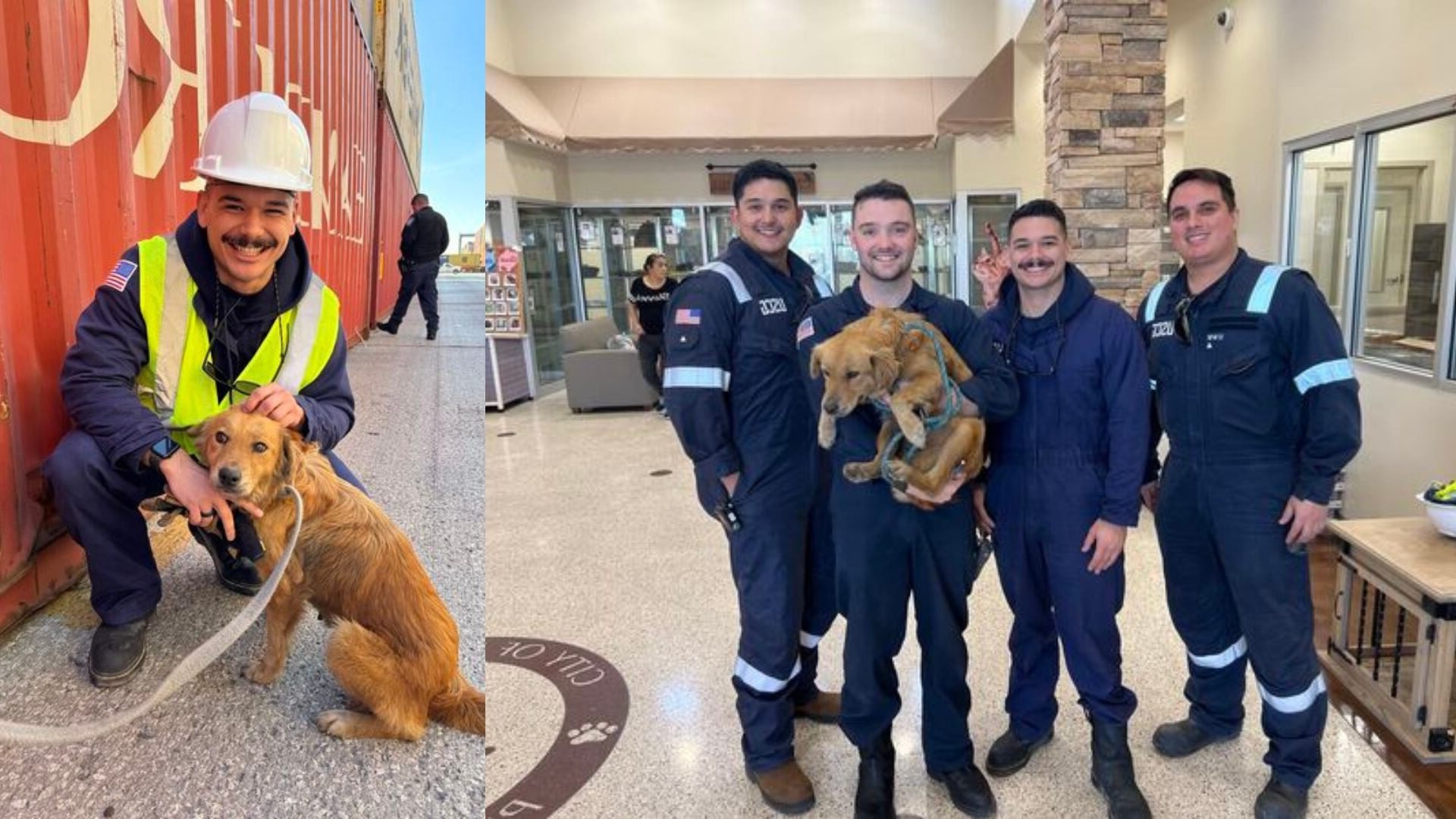Walking through a park, you might notice black bags hanging from tree trunks. They look like odd decorations or even discarded plastic, but they serve a serious purpose. These installations are part of an ecological strategy to protect trees and people. Far from litter, they’re carefully placed tools against a small but potent hazard.
"These are not trash bags—they are tools protecting trees and people."
Why these black bags are on trees
The bags are eco-friendly traps designed to curb processionary caterpillars. These insects can defoliate trees and trigger harmful reactions in humans. While they may appear harmless, the caterpillars carry tiny toxic hairs that can become airborne and cause irritation. Municipal teams install the bags with careful planning to interrupt the caterpillars’ movements.
Often the bags are weighted with sand so they don’t flap in the wind. That stability keeps the system effective and avoids accidental exposure. By anchoring each trap, crews reduce the spread of hairs and limit contact. This small detail improves safety for nearby residents and pets.
The hidden hazard most people miss
Processionary caterpillars are covered in urticating hairs that can break off and float through the air. When inhaled or touched, they may cause itching, rashes, or breathing difficulties. For some, reactions can be severe, making avoidance and awareness essential. Even after the caterpillars move, hairs can linger on bark, benches, or soil.
Children and pets are especially vulnerable, as curiosity and proximity increase the risk of contact. Symptoms may appear quickly or develop over several hours. If you suspect exposure, seek medical advice and avoid scratching affected skin. Washing with mild soap and water can reduce lingering irritants.
How the traps work without toxic chemicals
These bags rely on pheromones and smart design, not broad-spectrum pesticides. Pheromone lures help attract and guide the insects into the trap, preventing them from continuing their procession. Inside, the dark, enclosed space and warmth increase effectiveness while minimizing spread. The goal is targeted control that protects biodiversity and public health.
It’s a method that avoids blanket spraying and preserves beneficial insects. By localizing the intervention, teams manage risk at the source. This reduces chemical runoff and keeps parks safer for visitors. It’s a practical blend of science and stewardship in urban forestry.
What to do if you encounter them
- Keep a safe distance from the bags and nearby nests.
- Do not touch or move the bags, even if they appear loose.
- Prevent children and pets from approaching infested areas.
- If you see damaged or fallen traps, notify local authorities.
- Avoid brushing against low branches or obvious silk webbing.
- If symptoms occur, seek medical advice and mention possible exposure.
A regional effort with real impact
Many cities across Europe have faced seasonal spikes in infestations. In places like Cologne, trees can look wrapped in ghostly white webbing, a striking sign of heavy activity. Specialized crews sometimes use targeted sprays or vacuum systems along busy routes, especially highways where exposure can be widespread. Each measure balances ecological care with urgent public health needs.
These strategies reduce local populations and help trees recover their foliage. They also protect workers, park visitors, and nearby communities. By coordinating across municipal departments, efforts stay consistent and effective. The black bags are one piece of a larger toolkit for managing this growing threat.
Living safely with urban nature
Urban nature brings countless benefits, from cooling shade to mental well-being. But effective management requires awareness and shared responsibility. When you see the black bags, think protection, not pollution or prank. They represent quiet work happening behind the scenes to keep parks safe.
With smart traps, careful monitoring, and public cooperation, cities can limit the impact of processionary caterpillars. That means healthier trees and fewer medical incidents during peak seasons. A little knowledge goes a long way in reducing risk and fear. Respect the signs, keep your distance, and let the system work.



